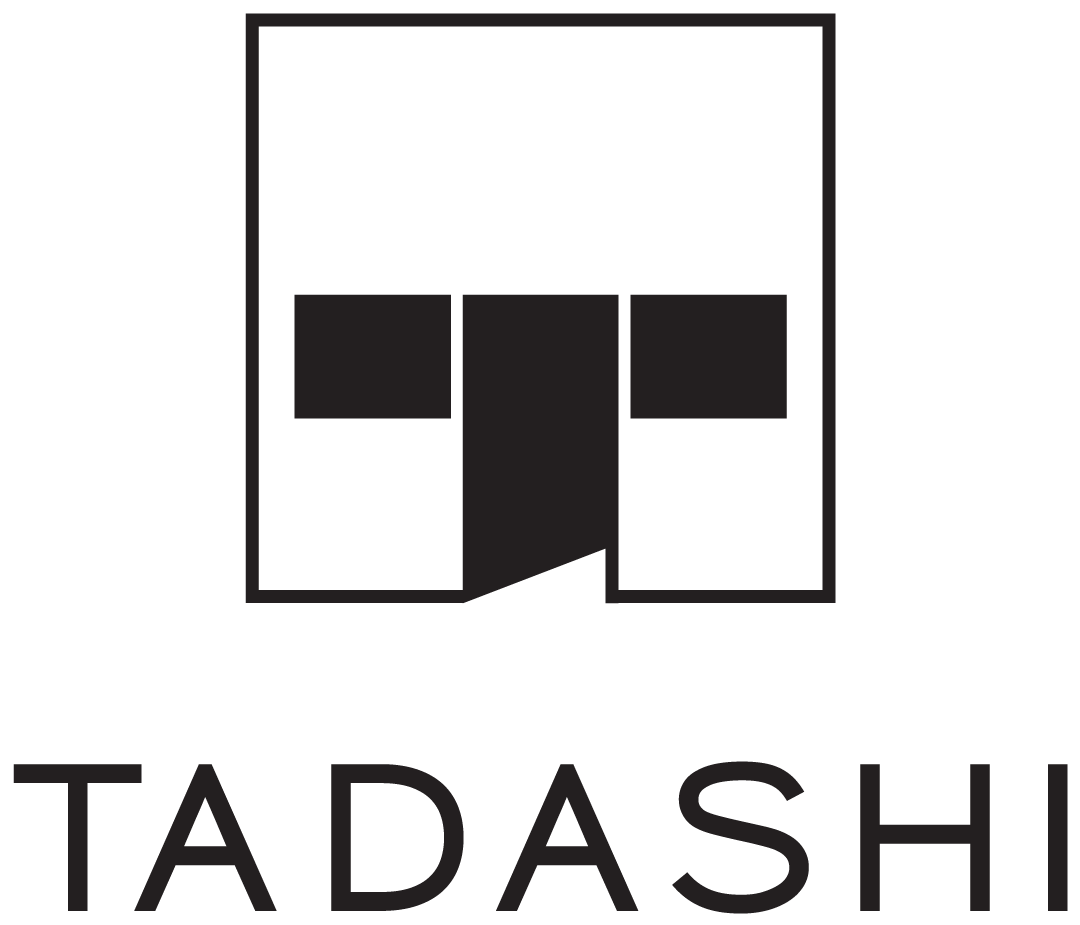A Deep Dive Into House Bill 1110’s Zoning Changes
Background Information:
If you’ve been reading my blog for a while, you’ll remember I covered House Bill 1110 or the “Middle Housing Bill” back in October. Middle housing, in this context, would be duplexes, fourplexes, townhomes, etc.—essentially, housing that is not in the single-family or large multi-family development category. This bill was signed early in 2023 in an effort to increase availability of affordable housing in Washington state by increasing the opportunity to build multifamily developments on land previously exclusively zoned for single-family residential usage.
About the Changes:
The final version of the state’s middle housing model codes has been published (which you can find here). These models are important in the implementation of the bill and in ensuring that select cities throughout the state are beginning to comply with the law. Because Washington is full of cities with varying population sizes and density levels, the law has broken down the state’s cities into three tiers. Seattle, a city with a population of 750,000, is considered a Tier 1 city, meaning it has “at least 75,000 residents.”
An initial draft was submitted in November of last year, but since then, there have been some changes to the model codes as outlined in this article published by The Urbanist. The major update to the standards is that more types of housing (nine total) will be allowed/considered “middle housing” for cities that are categorized as Tier 1 or 2. There were also changes to regulations in lot coverage and floor area ratio. For all three tiers, there was a change in how many feet a property has to be set back on a lot.
What Developers Should Know:
For developers, keeping informed of these model changes could make all the difference in the process of building their middle-housing development. Certain standards have remained unchanged, like maximum parking mandates or height limit minimums, but for categories that have been updated, like lot coverage or landscaping standards, understanding how to navigate this new bill could make the difference between a project that proceeds with minor issues and a project that is held up due to non-compliance.
Considerations for Homeowners:
For homeowners, buyers, residents of Washington state, or merely interested citizens, it's important to stay informed of bills such as House Bill 1110 because the “missing middle” doesn’t just affect those who are unable to afford housing, but the entire country. This bill is a step in the right direction to encourage more multi-family developments, particularly in Seattle where the population is dense and many residents are unable to own property in the community they live, work, and contribute to.
According to the legislature, “…Washington is facing an unprecedented housing crisis for its current population and a lack of housing choices, and is not likely to meet the affordability goals for future populations.” That quote tells us that the problem is serious, and as we know how long these changes can take to go into effect, it's important we start doing the work now to bridge this divide in who can afford to own in our real estate market.
Find More Information Through My Market Perspectives Podcast Episode
If you’re interested in learning more about how the “missing middle” has affected the real estate market and how this bill is projected to move things in the right direction, check out my recent interview on Realogics Sotheby’s International Realty’s (RSIR) new podcast series Market Perspectives, hosted by CEO and President of RSIR Dean Jones.
Please reach out to me if you would like more information about exciting development and investment opportunities! I’d love to hear from you.
